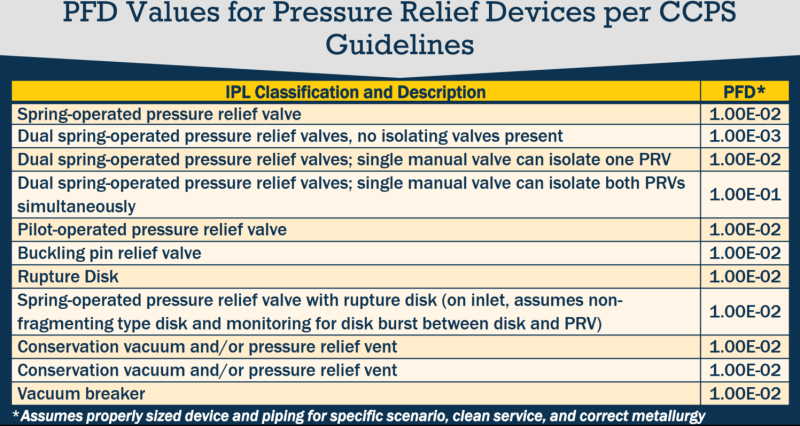hello every body
my question is about comparison between relief system (psv and its flare system)and HIPPS system
with respect to RAM and SIL study.
Which following is true or false?
1. Maitainability of the psv systems is better than the HIPPS system.
2. Availability of the psv systems is better than the HIPPS system.
3, Reliability of the psv systems is better than the HIPPS system.
4. SIL Level of the HIPPS system is 3 and more than the psv system.
5. In general psv system has more cost of HIPPS.
6, with respect to environmental aspec HIPPS and PSV systems are almost equal.
Best Regars, Hassann
my question is about comparison between relief system (psv and its flare system)and HIPPS system
with respect to RAM and SIL study.
Which following is true or false?
1. Maitainability of the psv systems is better than the HIPPS system.
2. Availability of the psv systems is better than the HIPPS system.
3, Reliability of the psv systems is better than the HIPPS system.
4. SIL Level of the HIPPS system is 3 and more than the psv system.
5. In general psv system has more cost of HIPPS.
6, with respect to environmental aspec HIPPS and PSV systems are almost equal.
Best Regars, Hassann


